In a significant milestone for quantum communication technology, an experiment has demonstrated how networks can be leveraged to combat disruptive ‘noise’ in quantum communications.
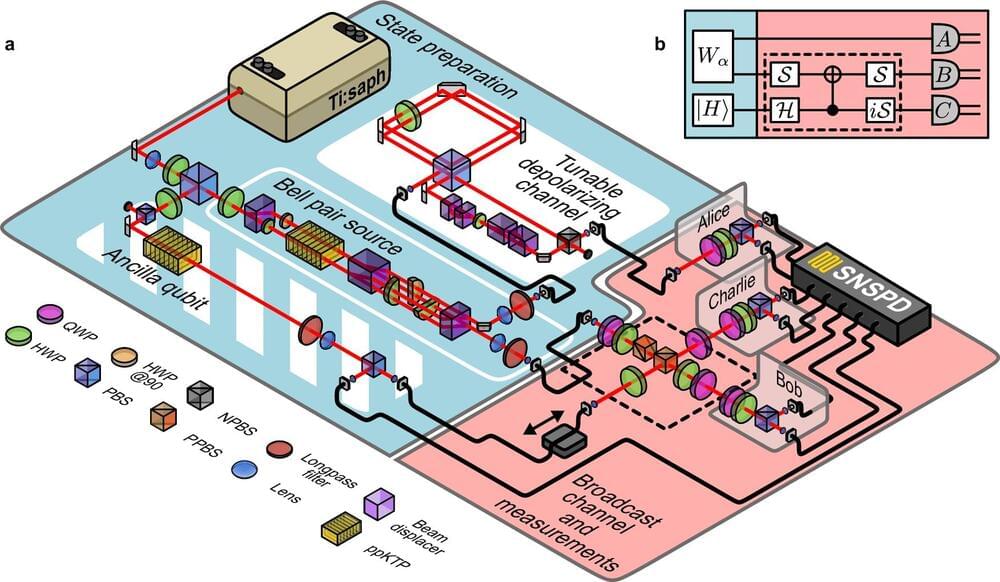

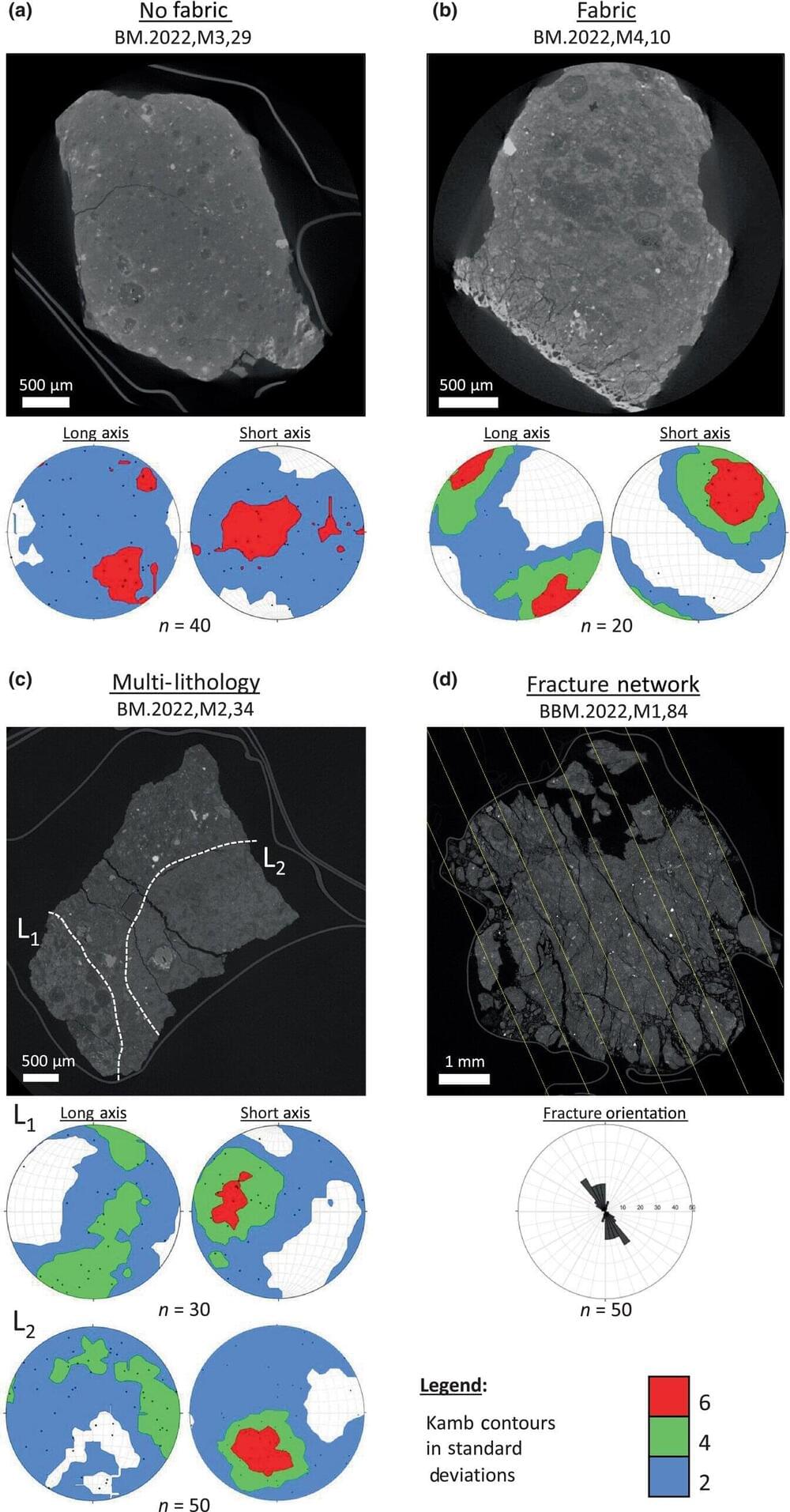


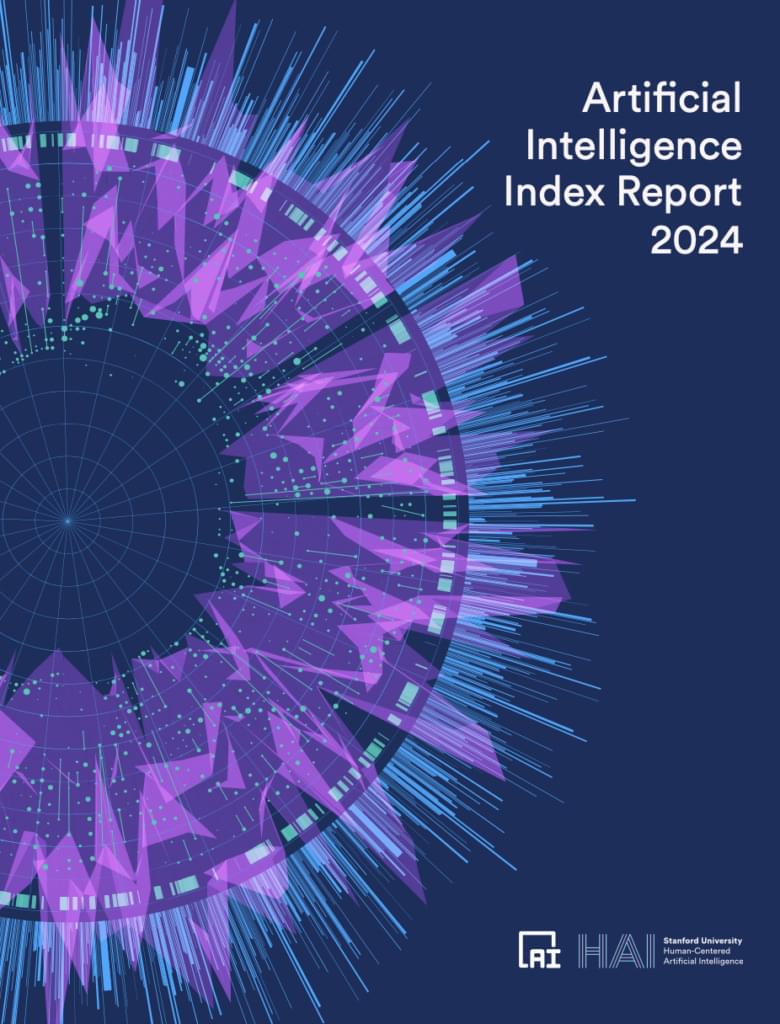
The Stanford Institute for Human-Centered AI publishes its Artificial Intelligence Index Report 2024, one of the most authoritative sources for data and insights on #AI.
Link to the full report:
Below are its top 10 takeaways:
1.
We provide unbiased, rigorously vetted, and globally sourced data for policymakers, researchers, journalists, executives, and the general public to develop a deeper understanding of the complex field of AI.
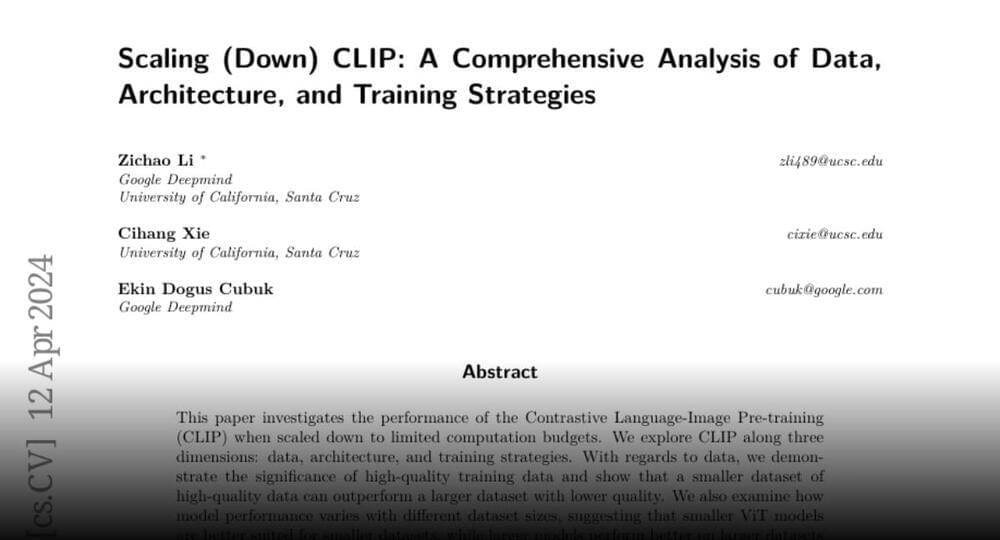
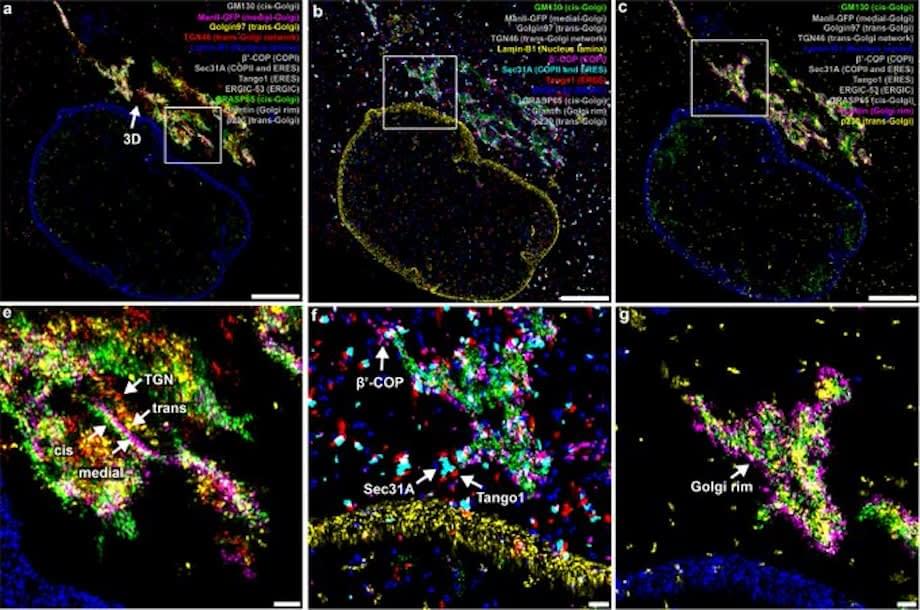
Researchers in the Yale Department of Cell Biology have created a new microscopy technique that will help unlock the inner workings of cells 100 times faster than current technology allows – and at a fraction of the cost.
Writing in the journal Cell, the Yale team says their FLASH-PAINT technique…
While current microscopy techniques image only a few intracellular molecules at a time, a new technique developed by Yale scientists can help researchers.

Researchers from the National University of Singapore (NUS) have developed a new design concept for creating next-generation carbon-based quantum materials, in the form of a tiny magnetic nanographene with a unique butterfly-shape hosting highly correlated spins. This new design has the potential to accelerate the advancement of quantum materials which are pivotal for the development of sophisticated quantum computing technologies poised to revolutionize information processing and high density storage capabilities.

